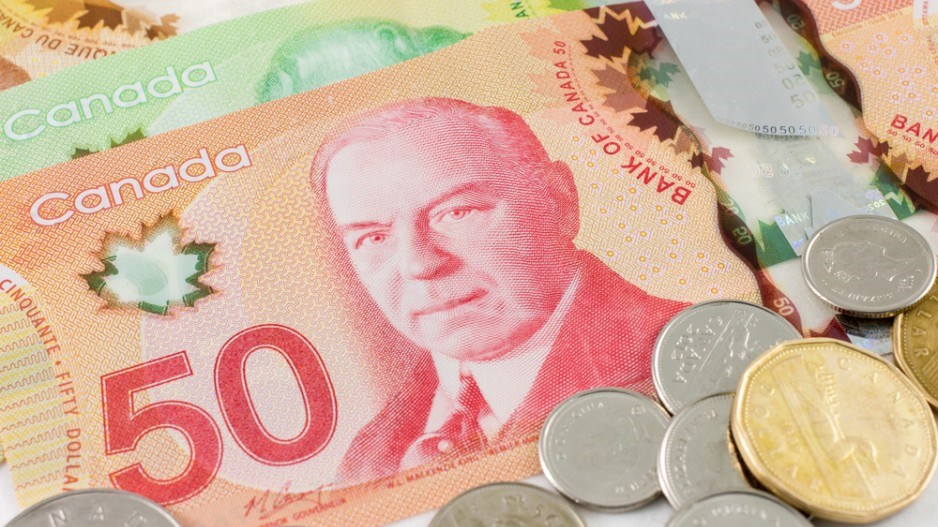The Canadian dollar's slide continued December 18, following the United States Federal Reserve's announcement that it will reduce its US$85 billion a month in bond purchases by $10 billion starting in January because of a stronger U.S. job market.
Immediately following the announcement at about 11 a.m. Pacific Time, the U.S. dollar spiked to be worth $1.0685. It then settled back to close at 1.0660.
"The U.S. dollar started out at about 1.06 and started to drift higher in early morning trading as traders started to position for something from the Fed," said Mark Frey, senior vice-president of sales and trading and chief market strategist for Cambridge Mercantile, a global payments and risk management firm.
He explained that the tapering came because the Fed has confidence that the U.S. economy is getting stronger. That is good for Canada, he said, but after about a six-month time lag.
Despite the Fed promising to keep interest rates low, Frey believes that interest rates will eventually head up.
"U.S. interest rates will begin to rise," he said. "That will draw support to U.S. treasuries and the U.S. dollar. When that begins to show up in terms of orders from U.S. companies for Canadian goods and services that will translate into a stronger Canadian economy, which has been muddling its way through for the past few months."
Frey expects the Canadian dollar to weaken another 2% or 3% during the next half year before retracing and finishing 2014 higher than it is today.




